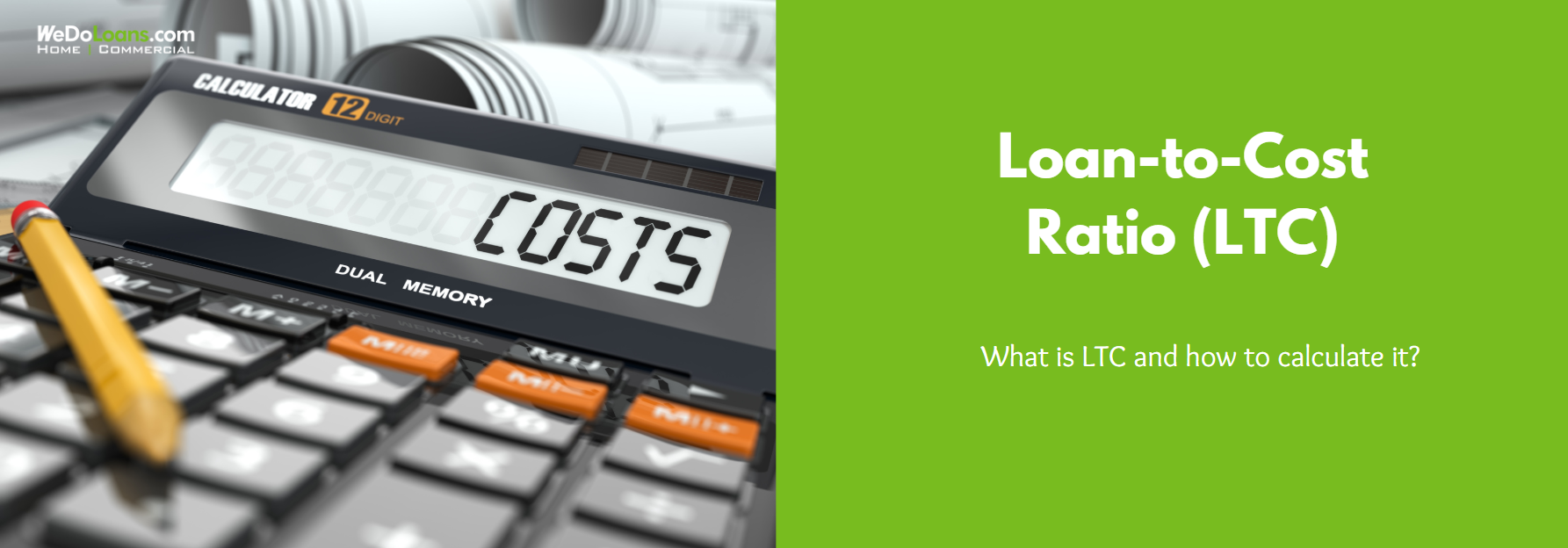
Understanding the concept of Loan-to-Cost (LTC) is essential for real estate investors, especially in commercial construction. This financial metric evaluates how much of a project’s total development cost is being financed by debt. It’s a critical indicator for both lenders and investors, helping determine the level of financial exposure and potential profitability of a project.
LTC Explained and How It’s Calculated
The formula for calculating LTC is straightforward:
LTC = Loan Amount ÷ Total Construction Cost
This ratio measures the percentage of a project’s cost that is funded through a loan. A higher LTC ratio implies greater risk for the lender, as it means the borrower is contributing less equity. Most lenders cap LTC ratios around 80%, though the exact threshold varies depending on the lender’s risk tolerance.
Lenders use this ratio to evaluate how much of the construction cost they’re willing to finance. Investors must then secure the remaining funds—typically through equity or other financing sources. For example, with an 80% LTC, the investor must contribute the remaining 20% of the cost, ensuring they have a financial stake in the project’s success.
The Significance of a High or Low LTC Ratio
A higher LTC means the lender is taking on more risk, which can often lead to stricter loan terms or higher interest rates. Conversely, a lower LTC indicates the borrower is contributing more equity, reducing the lender’s risk and potentially making loan approval easier.
While LTC is a key consideration, lenders also assess additional factors before approving construction financing. These may include the location and market conditions, the borrower’s creditworthiness, and the experience of the development team.
Example of LTC in Practice
Imagine a developer is planning a $400,000 retail construction project. If a lender offers an LTC of 80%, they would finance $320,000, leaving the investor to cover the remaining $80,000. This equity contribution ensures the developer shares in the financial risk, aligning both parties’ interests in the project’s success.
Loan-to-Value (LTV) Ratio: A Related Metric
Alongside LTC, the Loan-to-Value (LTV) ratio is another key metric used in real estate financing. Unlike LTC, which compares the loan to construction costs, LTV compares the loan amount to the projected market value of the completed property.
Lenders typically limit LTV to 80% or less, meaning the loan should not exceed 80% of the property’s post-construction value. This helps mitigate risk in the event that the completed project doesn’t meet valuation expectations.
Distinguishing LTC from LTV
While both metrics assess risk, the key difference lies in their reference points. LTC focuses on construction costs, while LTV is concerned with the property’s appraised value upon completion. These values can differ significantly, particularly in volatile or high-growth markets.
For example, if a retail development costs $400,000 to build but is expected to be worth $500,000 when finished, the LTV ratio would be lower than the LTC. Understanding both metrics gives investors a more complete picture of project feasibility and financing requirements.
How Investors Leverage LTC
From the investor’s standpoint, knowing the LTC requirements helps in planning equity contributions and evaluating different lenders. If a lender requires a 20% equity stake, the investor must have that capital ready or reduce costs to bridge the gap. In large-scale developments, these contributions can run into millions of dollars, making LTC planning essential.
Evaluating Lender Requirements
Before committing to a project, investors should research lenders’ typical LTC limits and underwriting criteria. Many lenders disclose this information upfront, or it can be discussed during pre-qualification. It’s important to remember that LTC is only one part of a lender’s decision-making process—borrower credentials, market outlook, and the strength of the project team also weigh heavily in the final decision.
